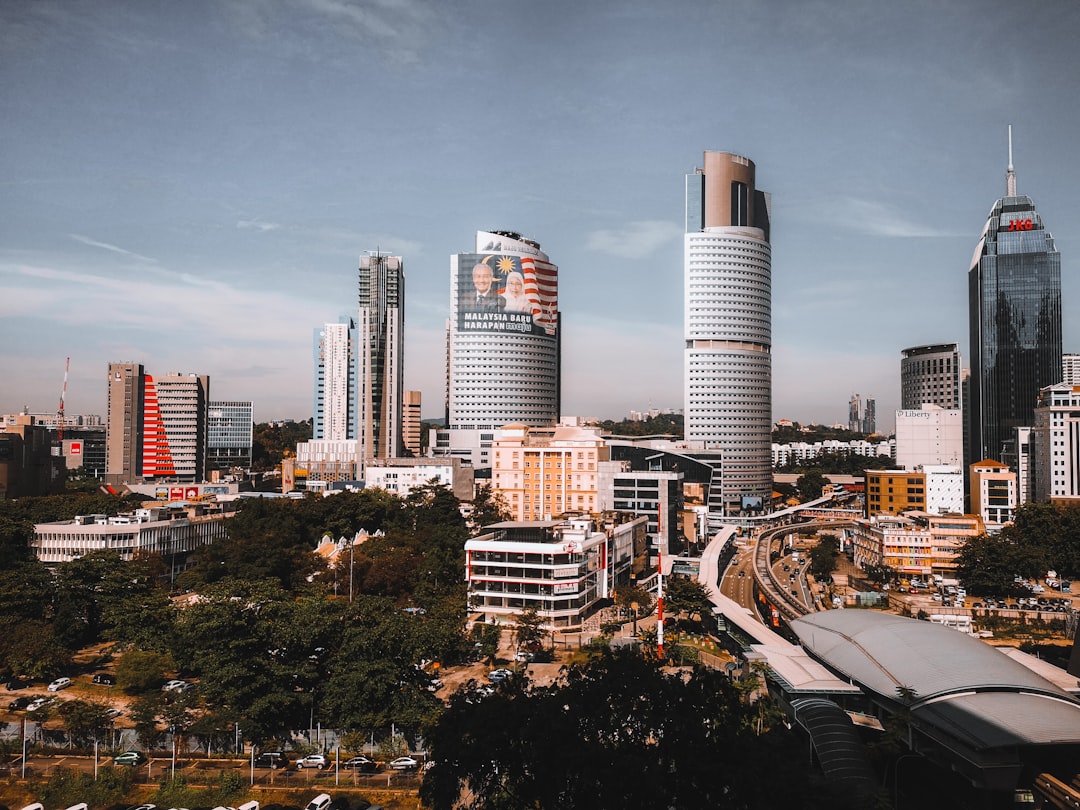A Culinary Spice Route: Southeast Asia’s Flavors Unveiled

Southeast Asia. The very name conjures images of vibrant markets overflowing with exotic fruits, the fragrant steam rising from bustling street food stalls, and the complex symphony of flavors that dance on your tongue. This isn’t just a region; it’s a culinary adventure waiting to be explored. Our journey along Southeast Asia’s spice route begins with an understanding that “Southeast Asian cuisine” isn’t a monolithic entity. Instead, it’s a tapestry woven from the diverse threads of individual nations, each contributing its unique ingredients and techniques.
From the fiery curries of Thailand, where lemongrass, galangal, and kaffir lime leaves create a fragrant base, to the rich, coconut-milk infused dishes of Malaysia and Indonesia, the region boasts an incredible variety. Think of the creamy, nutty satay skewers, the comforting warmth of laksa, or the vibrant explosion of flavors in a green papaya salad (som tam). Each dish tells a story, a testament to centuries of cultural exchange and culinary innovation.
The foundation of this vibrant cuisine lies in its spices. Consider the humble chili, a ubiquitous ingredient whose heat levels range from gentle warmth to volcanic eruption. Then there’s turmeric, its earthy notes lending a golden hue and subtle bitterness to countless dishes. Ginger, garlic, and shallots provide pungent depth, while galangal offers a unique, slightly peppery complexity. These are just a few of the key players in the Southeast Asian spice orchestra.
But the spice route isn’t just about the ingredients themselves; it’s about the techniques. The art of balancing sweet, sour, salty, spicy, and bitter is paramount. Think of the perfectly balanced flavors in a Vietnamese pho, where the subtle sweetness of the broth is punctuated by the sharpness of lime and the herbaceous notes of cilantro. Or consider the intricate layering of flavors in a Burmese tea leaf salad, where fermented tea leaves mingle with toasted nuts, crunchy beans, and a tangy dressing.
Exploring Southeast Asia’s culinary landscape is more than just eating; it’s an immersive experience. It’s about visiting bustling night markets, inhaling the heady aroma of freshly ground spices, and engaging with the passionate cooks who create these culinary masterpieces. It’s about understanding the historical and cultural influences that have shaped the region’s unique gastronomic identity. So, pack your bags, sharpen your appetite, and prepare for a culinary journey that will tantalize your taste buds and leave you craving more. The flavors of Southeast Asia are waiting to be unveiled.